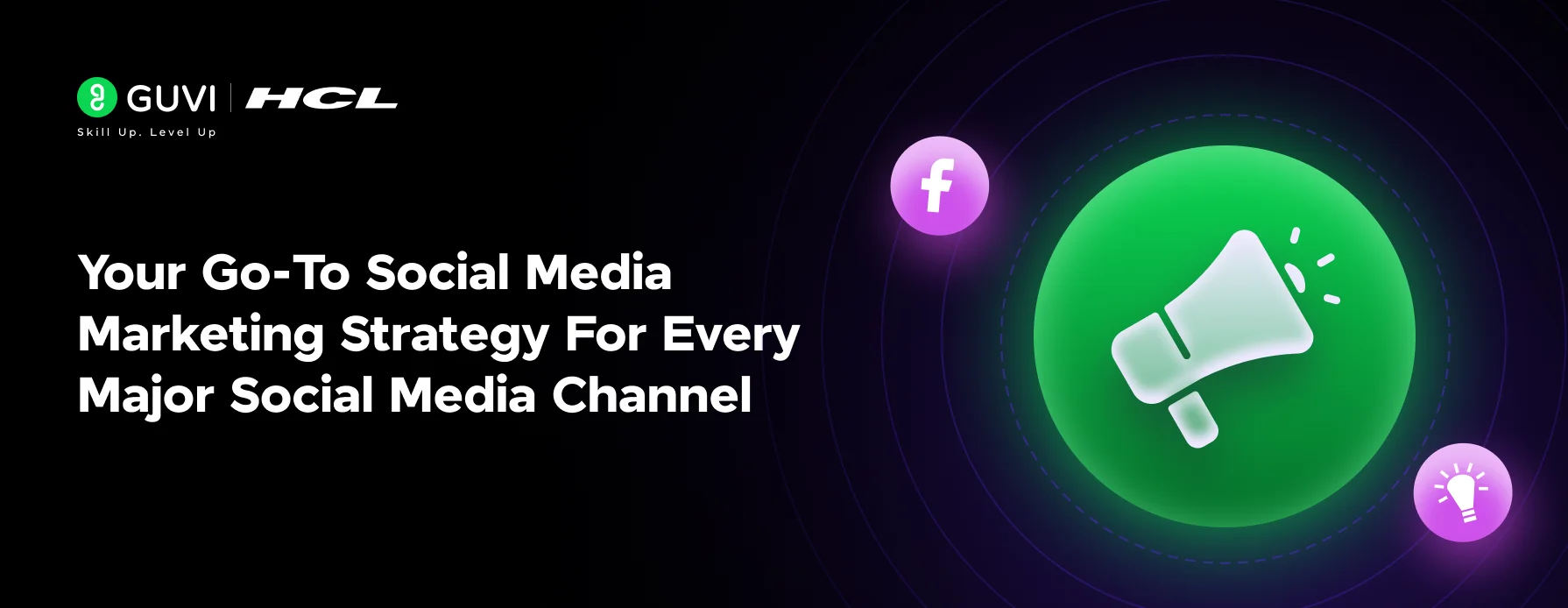
Your Go-to Social Media Marketing Strategy for Every Major Social Media Channel
Mar 11, 2025 6 Min Read 4285 Views
(Last Updated)
Social media marketing has revolutionized how businesses and organizations influence consumer behavior. In our digital age, tweets, posts, likes, comments, and shares are ubiquitous for driving engagement. That’s why a strategic social media marketing plan is essential for any business that wants to thrive.
The power of effective social media marketing strategies lies in its ability to connect, interact, and gather customer data. It’s about understanding your audience, creating content that resonates with their interests, and driving engagement to your brand pages.
In this post, we’ll outline concrete, platform-specific social media marketing strategies that work across channels like Twitter, Instagram, Facebook, LinkedIn, Pinterest, and more. It’s time to pull out your editorial calendar and get planning!
Table of contents
- What is a Social Media Marketing Strategy?
- Key Strategies for an Effective Social Media Marketing Plan
- Set Clear Objectives
- Know Your Audience
- Choose the Right Platforms
- Develop Consistent Branding
- Create Engaging Content
- Create an Editorial Calendar and Schedule Posts
- Engage with Your Audience
- Utilize Paid Advertising
- Monitor and Analyze Performance
- Adapt and Evolve
- Platform-Specific Social Media Marketing Strategies
- Facebook Strategy
- Instagram Strategy
- X (Formally Twitter) Strategy
- YouTube Strategy
- Pinterest Strategy
- LinkedIn Strategy
- TikTok Strategy
- In Closing
- FAQs
- How often should I post on social media?
- How do I measure the success of my social media marketing efforts?
- What type of content works best on each social media platform?
What is a Social Media Marketing Strategy?
In its essence, social media marketing is the art of using platforms like Facebook, Instagram, and Twitter to promote your products, services, or brand.
Think of it as the modern-day equivalent of shouting your message from the rooftops but with a bit more finesse and a lot more hashtags.
The sole purpose of any social media marketing strategy is to build a company’s brand, increase its revenue, and drive its website traffic. Companies achieve this by building a like-minded community of people with similar interests that align with your brand’s persona. It all started with MySpace, where businesses first realized that social networks could be more than just a place to poke your friends and play loud music on your profile page.
Fast forward to today, and social media is no longer just a pastime; it’s a global phenomenon. With over 4.48 billion people scrolling, liking, and sharing worldwide, it’s clear that social media is a force to be reckoned with. Imagine if you could gather all these people in one place—no wonder businesses are flocking to these platforms like bees to honey.
And this is where social media marketing truly shines. By crafting clever posts, engaging tweets, and captivating stories, businesses can connect with their audience in ways that were previously unimaginable. Social media marketing isn’t just a nice-to-have—it’s a must-have for any business that wants to stay relevant and competitive in today’s fast-paced digital world.
You may be interested in | 5 Ways Business Intelligence Can Boost Your Social Media Marketing
Enrolling in GUVI’s Digital Marketing course can help you become an expert in the digital world, regardless of your level of marketing expertise. Learn the ins and outs of email marketing, social media marketing, content production, SEO, and more from professionals in the field. Through practical projects and real-world case studies, acquire job-ready skills with globally recognized certifications.
Key Strategies for an Effective Social Media Marketing Plan
Creating a robust social media marketing strategy involves several key steps. Here’s a clear, well-structured plan to guide you through the process:
Set Clear Objectives
Start by defining specific, measurable, achievable, relevant, and time-bound (SMART) goals. Social media objectives should align seamlessly with your overall business goals to ensure a unified strategy.
↓
Know Your Audience
Research your target audience’s demographics, interests, and behaviors. Creating detailed buyer personas will help you effectively tailor your content to meet their needs and preferences.
↓
Choose the Right Platforms
Not all social media platforms are created equal. Focus on the ones that align with your business and where your audience is most active and engaged. This targeted approach ensures maximum impact.
↓
Develop Consistent Branding
Consistency is key to building trust. Develop brand guidelines for visuals, tone, and messaging, and apply them across all social media channels. This helps in establishing a recognizable and reliable brand presence.
↓
Create Engaging Content
Content is king. Produce valuable, shareable content that resonates with your audience. Use a mix of formats like images, videos, articles, and infographics to keep your feed dynamic and interesting.
↓
Create an Editorial Calendar and Schedule Posts
Plan your content with an editorial calendar. Schedule your posts to ensure consistent posting and timely delivery. This helps maintain a steady flow of content and keeps your audience engaged.
↓
Engage with Your Audience
Social media is a two-way street. Respond promptly to comments, messages, and mentions to foster community. Encourage discussions and interactions to build a loyal following.
↓
Utilize Paid Advertising
Boost your reach with targeted social media ads. Investing in paid advertising and collaborating with influencers can help you reach a wider audience and amplify your message effectively.
↓
Monitor and Analyze Performance
Keep an eye on key metrics such as engagement, reach, impressions, and conversions. Use analytics tools to gather insights and refine your strategy, ensuring continuous improvement.
↓
Adapt and Evolve
The social media landscape is ever-changing. Stay updated with the latest trends and algorithm changes, and be ready to adapt your strategy based on performance data and feedback to remain relevant.
Must Explore: 5 Important Pillars of Social Media Marketing
Platform-Specific Social Media Marketing Strategies
To maximize the impact of your social media marketing efforts, it’s essential to tailor your strategy to each platform’s unique strengths and audience. Below, we outline effective strategies for seven major platforms: Facebook, Instagram, Twitter, YouTube, Pinterest, LinkedIn, and TikTok.
By understanding and leveraging the specific features and user behaviors of these platforms, you can create engaging content that resonates with your target audience and drives meaningful results.
Facebook Strategy

Overview
Facebook remains a powerhouse in social media marketing due to its extensive user base and sophisticated advertising tools. The platform’s ability to target specific demographics makes it invaluable for businesses looking to reach a diverse audience.
Goals
- Brand Awareness: Utilize Facebook’s broad reach to increase visibility.
- Lead Generation: Use targeted ads and lead forms to capture potential customers.
- Customer Engagement: Foster community through posts, comments, and live videos.
Tactics
- Content Creation: Post a mix of engaging content including images, videos, and articles. Use Facebook Stories and live videos to interact in real-time.
- Advertising: Leverage Facebook Ads to target specific demographics. Use A/B testing to optimize ad performance.
- Engagement: Respond to comments and messages promptly to build relationships with followers.
- Analytics: Use Facebook Insights to track performance and adjust strategies accordingly.
Best Practices
- Post consistently but avoid overposting to prevent audience fatigue.
- Use high-quality visuals and compelling copy.
- Schedule posts during peak times when your audience is most active.
- Monitor competitor activity and adopt successful strategies.
Instagram Strategy

Overview
Instagram’s visual-centric platform is ideal for brands looking to showcase their products and services through high-quality imagery and video content. Its user base skews younger, making it perfect for targeting millennials and Gen Z.
Goals
- Brand Aesthetics: Create a visually appealing profile that reflects your brand.
- Customer Engagement: Use Instagram Stories, IGTV, and Reels to engage with followers.
- Sales: Utilize shoppable posts to drive direct sales.
Tactics
- Content Creation: Focus on high-quality images and videos. Use Instagram Stories and Reels to share behind-the-scenes content and product demos.
- Hashtags: Use relevant hashtags to increase discoverability.
- Influencer Partnerships: Collaborate with influencers to reach a broader audience.
- User-Generated Content: Encourage followers to share their own content using branded hashtags.
Best Practices
- Maintain a consistent posting schedule.
- Engage with followers by liking and commenting on their posts.
- Use Instagram Analytics to track performance and refine strategies.
- Experiment with different content formats to see what resonates best with your audience.
X (Formally Twitter) Strategy

Overview
Twitter’s (Rebranded as X)fast-paced environment is ideal for brands that want to engage in real-time conversations and keep their audience informed about the latest updates and trends.
Goals
- Brand Awareness: Increase visibility through regular tweets and retweets.
- Customer Service: Use Twitter as a customer service channel to quickly address issues and inquiries.
- Engagement: Foster community by participating in trending topics and discussions.
Tactics
- Content Creation: Share news, updates, and engaging content. Use images, GIFs, and videos to make tweets more engaging.
- Hashtags: Use trending and relevant hashtags to increase reach.
- Engagement: Respond to mentions, retweets, and direct messages promptly.
- Live Tweeting: Participate in live events and conversations to increase engagement.
Best Practices
- Tweet consistently but avoid spamming.
- Use Twitter Analytics to track performance and adjust strategies.
- Monitor competitor activity and join relevant conversations.
- Utilize Twitter Ads for targeted advertising campaigns.
YouTube Strategy

Overview
YouTube is the go-to platform for video content, making it essential for brands looking to share tutorials, product reviews, and other engaging videos.
Goals
- Brand Awareness: Increase visibility through engaging video content.
- Lead Generation: Use video CTAs and links to capture potential customers.
- Customer Engagement: Build a community through comments and video responses.
Tactics
- Content Creation: Produce high-quality, informative, and entertaining videos. Optimize video titles, descriptions, and tags for SEO.
- Advertising: Use YouTube Ads to reach a broader audience.
- Engagement: Respond to comments and engage with viewers.
- Collaboration: Partner with other YouTubers to expand reach.
Best Practices
- Maintain a consistent posting schedule.
- Use analytics to track video performance and refine strategies.
- Engage with your audience through comments and community posts.
- Experiment with different video formats to see what resonates best.
Pinterest Strategy
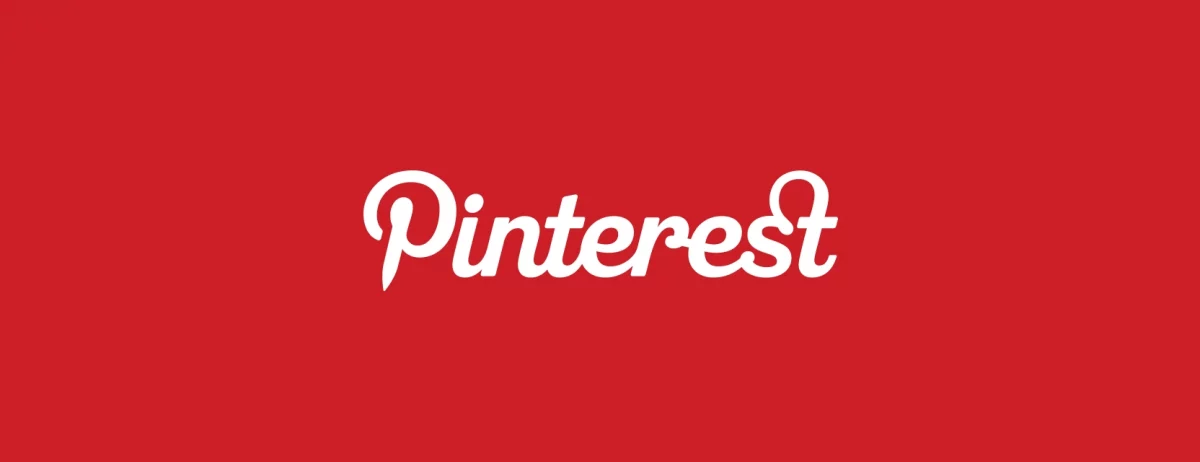
Overview
Pinterest’s visual discovery engine is ideal for brands that rely heavily on imagery, such as fashion, food, and home decor. It’s a powerful platform for driving website traffic and sales.
Goals
- Brand Awareness: Increase visibility through visually appealing pins.
- Traffic Generation: Drive traffic to your website through pin links.
- Sales: Utilize shoppable pins to drive direct sales.
Tactics
- Content Creation: Create high-quality, visually appealing pins. Use rich pins to provide additional information.
- SEO: Optimize pin descriptions with relevant keywords.
- Boards: Organize pins into themed boards to make content discoverable.
- Collaborations: Partner with influencers to reach a broader audience.
Best Practices
- Pin consistently to maintain visibility.
- Use Pinterest Analytics to track performance and refine strategies.
- Engage with other users by repinning and commenting.
- Monitor trends and adapt your content accordingly.
Also Explore: Digital Marketing Best Practices
LinkedIn Strategy

Overview
LinkedIn is the premier platform for B2B marketing, making it essential for brands looking to connect with professionals and industry leaders.
Goals
- Brand Awareness: Increase visibility among professionals through posts and articles.
- Lead Generation: Use LinkedIn Ads and lead forms to capture potential clients.
- Networking: Build relationships with industry leaders and professionals.
Tactics
- Content Creation: Share industry insights, company updates, and thought leadership articles.
- Engagement: Participate in LinkedIn Groups and engage with other users’ posts.
- Advertising: Use LinkedIn Ads to target specific industries and job titles.
- Networking: Connect with industry leaders and join relevant groups.
Best Practices
- Post consistently but avoid overposting.
- Use LinkedIn Analytics to track performance and adjust strategies.
- Engage with your network by liking, commenting, and sharing their posts.
- Monitor competitor activity and join relevant conversations.
TikTok Strategy

Overview
TikTok‘s short-form video content is ideal for brands looking to engage with a younger audience through creative and entertaining videos.
Goals
- Brand Awareness: Increase visibility through viral videos.
- Engagement: Build a community through interactive content and challenges.
- Sales: Use shoppable videos and links to drive direct sales.
Tactics
- Content Creation: Produce creative, engaging, and entertaining short videos. Use popular trends and challenges to increase visibility.
- Hashtags: Use trending and relevant hashtags to increase discoverability.
- Engagement: Respond to comments and participate in trends.
- Collaborations: Partner with influencers to reach a broader audience.
Best Practices
- Post consistently to maintain visibility.
- Use TikTok Analytics to track performance and refine strategies.
- Engage with your audience by responding to comments and participating in trends.
- Experiment with different video formats to see what resonates best.
Join GUVI’s Digital Marketing Course to kickstart your journey in this exciting field. Gain expertise in ChatGPT, WordPress, Meta Business Suite, Google Analytics, Youtube Analytics, Google Ads Manager, and more. Master essential skills in SEO, social media marketing, email marketing, content creation, and digital advertising tactics to excel in the Digital Marketing industry.
In Closing
Each platform offers unique opportunities to connect with your audience, and by tailoring your approach to each one, you can maximize your impact and achieve your business goals.
From Facebook’s broad reach to Instagram’s visual appeal and Twitter’s real-time engagement, each social media channel requires a nuanced strategy. By understanding the distinct features and user behaviors of these platforms, you can create content that resonates with your audience and drives meaningful interactions.
Remember, the key to successful social media marketing lies in consistency, creativity, and genuine engagement. Regularly analyze your performance, stay updated with trends, and be willing to adapt your strategies as needed. With thoughtful planning and execution, your social media marketing efforts can significantly enhance your brand’s presence and foster lasting relationships with your audience.
As you set about or refine your social media marketing journey, keep these strategies in mind and watch your brand thrive in the digital age. Happy posting!
Also Read: Top 10 Strategies to Optimize PPC Ads & Boost Sales
FAQs
Consistency is key in social media marketing. While there’s no one-size-fits-all answer, a general guideline is to post at least once a day on major platforms like Facebook and Instagram, and more frequently on faster-paced platforms like Twitter.
It’s important to monitor your audience’s engagement and adjust your posting frequency accordingly to avoid overwhelming them.
To measure the success of your social media marketing, track key performance indicators (KPIs) such as engagement rates (likes, comments, shares), follower growth, website traffic from social media, and conversion rates.
Each platform offers its own analytics tools, such as Facebook Insights and Instagram Analytics, to help you monitor these metrics and refine your strategy.
Different platforms cater to different types of content:
Facebook: Mix of text, images, videos, and live streams.
Instagram: High-quality images, short videos, Stories, and Reels.
Twitter: Short, timely updates, images, GIFs, and links.
YouTube: Longer-form videos, tutorials, and vlogs.
Pinterest: Visually appealing images and infographics.
LinkedIn: Professional content, industry news, and thought leadership articles.
TikTok: Short, creative, and engaging videos, often set to music.
Tailor your content to match the strengths of each platform for the best engagement.




















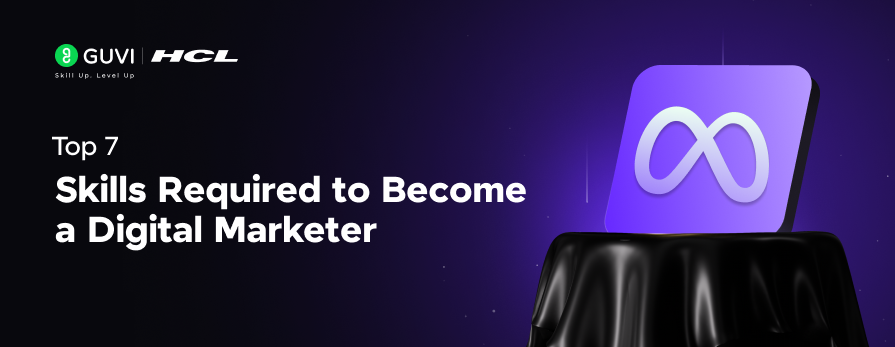
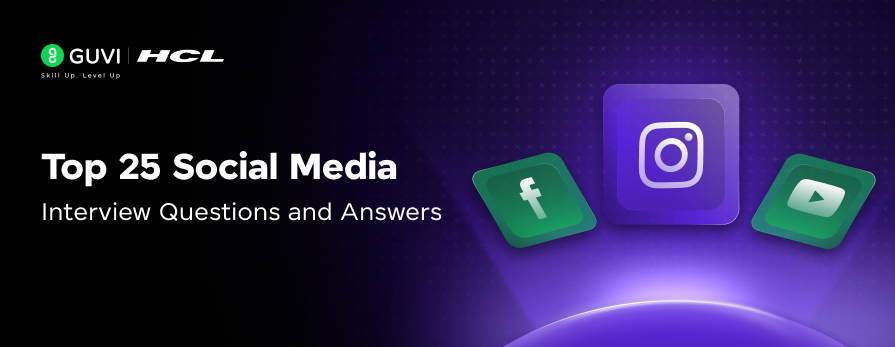
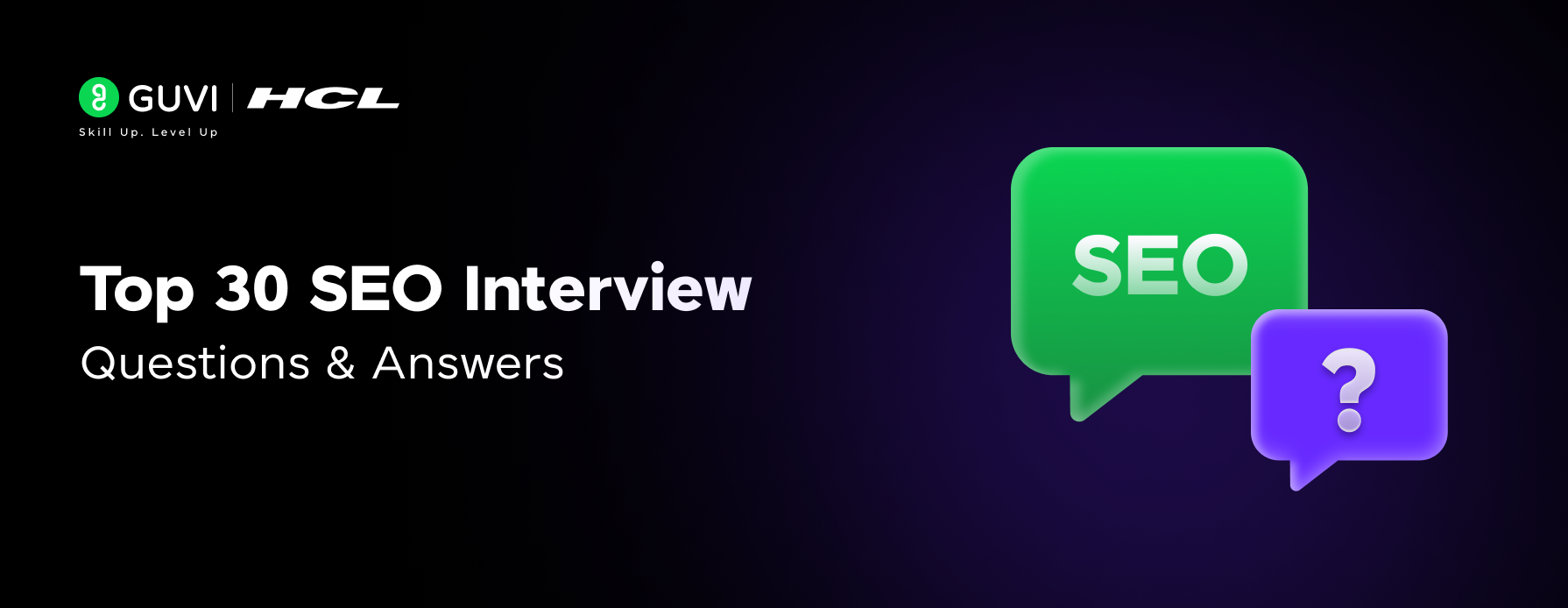

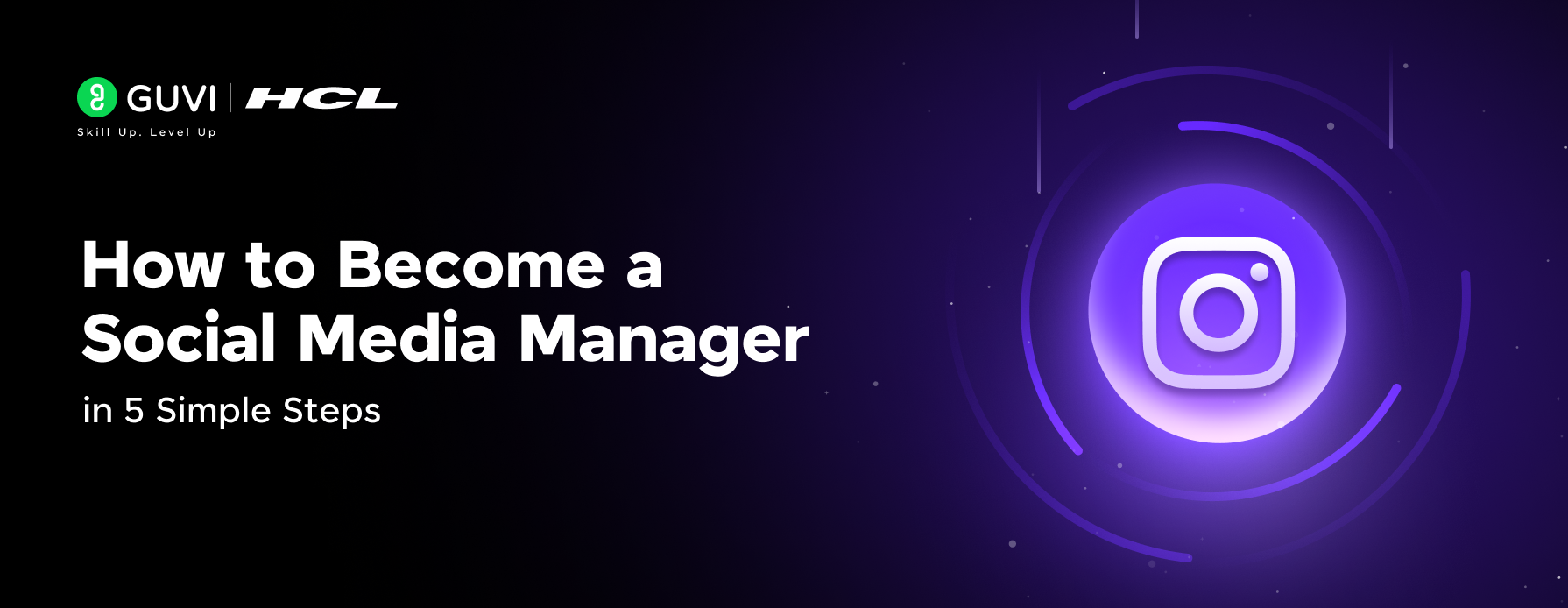
![How to Switch from Sales to Digital Marketing: A Beginner's Guide [2025] 14 sales to digital marketing](https://www.guvi.in/blog/wp-content/uploads/2025/01/How-to-switch-your-career-from-Sales-to-Digital-Marketing.png)




Did you enjoy this article?